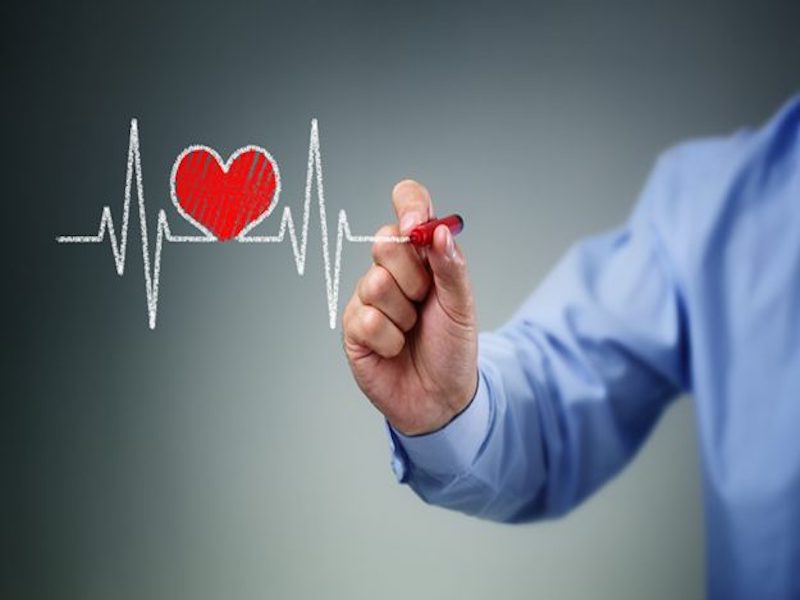

Over the last 40 years, the mortality morbidities of cancer, HIV and cardiovascular disease have dropped dramatically, but the mortality of suicide has gone up, according to Dr. Sam Ozersky, president and chief executive officer of FeelingBetterNow.
“Ten people per day, mostly from the ages of 15 to 25, die from suicide,” he said during a session at Benefits Canada’s 2019 Toronto Mental Health Summit on Nov. 29. “It’s the only disease area where we’re doing worse than before.”
Mental-health disorders can cause chronic physical illness and vice versa, noted Dr. Ozersky. A person who becomes depressed after a heart attack is five times more likely to die from a subsequent heart attack, he said, while people who take up smoking after a heart attack have a lower chance of mortality. Further, individuals with depression are 170 per cent more likely to develop a serious cardiovascular illness.
Read: Survey finds 28% of Canadian men fear talking about mental health at work
Only 12 per cent of people who suffer from a mental illness receive quality care, said Dr. Ozersky, noting the reasons are numerous. One is the terrible rates of accurate diagnosis — 65.9 per cent are misdiagnosed with major depressive disorder and 97.8 per cent are misdiagnosed with social anxiety disorder. “If you don’t get the right diagnosis, you’re not going to get the right treatment.”
The huge influx of mental-health solutions in recent years have included careful analysis with adequate power to speak about return on investment, he noted, adding mental-health investments will yield a positive ROI in the range of 1.1 or 1.2 after the first year and will rise to 2.4 after three years.
An April 2019 study in the Journal of the American Medical Association compared thousands of U.S. employees who received a wellness program through their workplace to those who didn’t. It found no significant differences in clinical measures of health, health-care spending and utilization.
“There’s evidence that there’s an ROI on [employee assistance programs] when it comes to increasing productivity, reducing problems with impairment and disability,” said Dr. Ozersky. “But, there’s no evidence whatsoever that an EAP prevents or treats any mental disorder.”
Read: Study shows workplace wellness programs don’t provide measurable outcomes
Medications work, he added, but the caveat is they only work if an individual takes them and compliance rates are less than 25 per cent.
Another important aspect to consider is accountability since some patients don’t view themselves as being responsible for their own care. “They ask why they should be involved in assessing whether the diagnosis or treatment is right,” said Dr. Ozersky. “They should be involved because it’s wrong seven out of eight times. This is a major shift in consciousness that will have to take place.”
Another consideration is mental-health providers, he noted, adding one of the problems is they don’t receive adequate training or the time to assess someone. Most mental-health disorders are managed in primary care, but the typical length of time a primary-care provider will take is 10 minutes.
Recovery is also a problem, said Dr. Ozersky, noting the part of the brain that can help these individuals to recover is gone. However, certain tools can help the brain recover if given in time — mindfulness, medication and/or cognitive behavioural therapy. These help grow brain tissue, he added, but only when the therapeutic window is open.
Read: How does cognitive behavioural therapy actually work?
“If we could find some way to distribute the right words at the right time to the right people, distributed to as many people as possible in a way that would engage them, we could drastically lower the burden of current mental illness. It doesn’t necessarily involve very complicated CBT or medication plans — you just have to know that it’s a good thing to do and you have to know based on the level of severity what to do first, what to do in combination, what to do singularly.”
Read more coverage of the 2019 Toronto Mental Health Summit.
